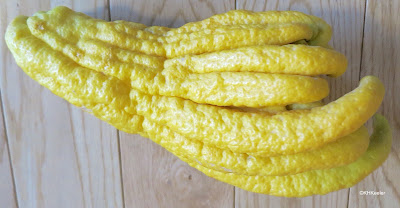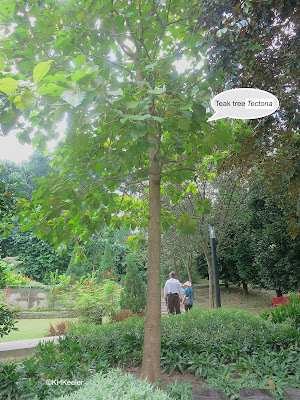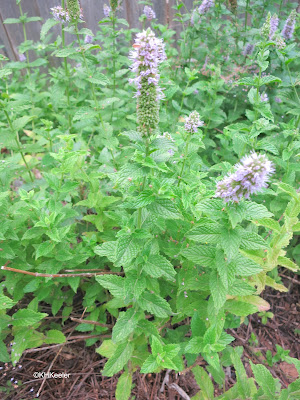Its a new year and we pause to look both forward and back.
What if, in the new year, you made a plant Life List? Bird watchers keep Life Lists of all the bird species they've seen, with the goal of seeing a large number of the 11,000 species of birds. That's probably not attainable, but Europe has 540 species of birds and North America 2,059, so one could see a significant portion of those.
How would that apply to plants? There's a similar problem of too many species worldwide: over 400,000. Even Europe is daunting with 9,875 plant species, while North America has over 20,000.
But I met a couple that were trying to see each of the 19 penguin species in world. That was quite a challenge because some of them are confined to remote islands in the Southern Hemisphere, but a manageable number.
So consider these Life List ideas for plant lovers:








